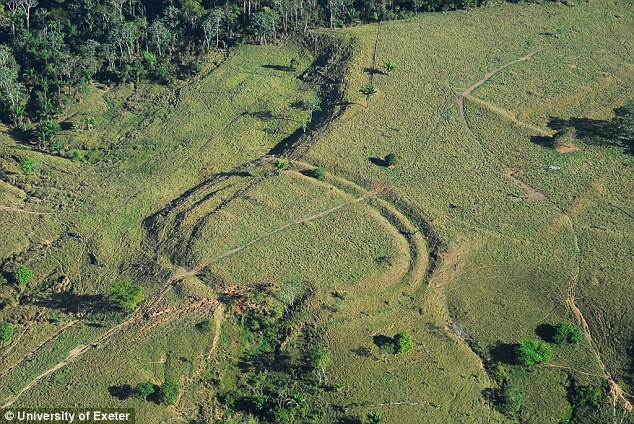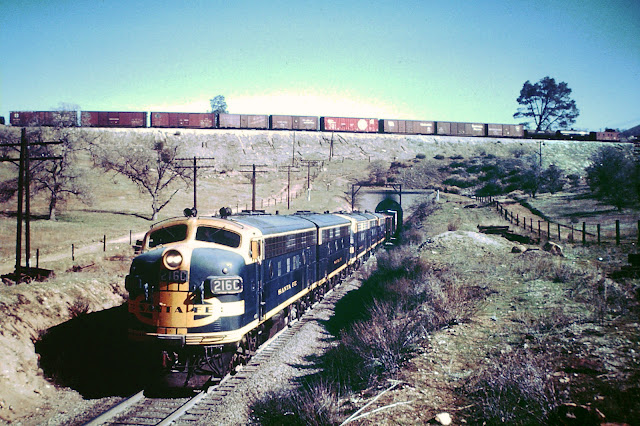Lena’s Stone Forest, is also
called Lena's Pillars, actually a natural rock formation about 60 km upriver
from Yakutsk, in Russia. Lens’s Pillars are amazing stone structures towers
over 150 meters in height and extends along the river for about 80km. This
magical place has captivated travelers since the 17th century, however getting
there is a real challenge. Lena Stone
forest contains exceptional evidences of the Earth and its living population
development history. Plentiful fossils of ancient organisms found here are
exclusive preserved evidences of a very significant stage in the history of the
organic world and a biodiversity "boom” that occurred in lower Cambrian
epoch. This exclusive ecological and tourism location was submitted as a World
Heritage site in 2006. Moreover, in Lena Pillars area the fossils of mammoth
fauna representatives were found: mammoth (Mammulhus primigenius Blum), bison
(Bison priscus Boj), fleecy rhinoceros (Coelodonta antiguibatis Blum), Lena
horse (Eggus lenensis Russ), Reindeer (Rangifer tarandus L) and ancient
organisms like mollusks, shells, sponges, and trilobites, dating back to the
Cambrian Explosion were also found beautifully preserved.
These isolated, towering pillars
can reach more than 100 meters in height. The pillars’ rocks formed in Cambrian
sea basins more than 500 million years ago and are made up of alternating
layers of limestone, marlstone, dolomite, and slate. This areas severe climate
and the humidity from the river create risky temperature swings, from +40 °C in
the summer to -60 °C in winter. Therefore, this has caused a cryogenic process,
containing of a freeze-thaw action that shatters the rock, widening the gullies
between them.
The journey starts from Moscow
city from where you will have to take a four day journey to the Siberian area
of Yakutsk. First, you have to take a flight to Yakutsk, so long that if you
flew opposite direction you could easily come to New York. The average price
for such flight costs around $800. From Yakutsk you have to take a boat. However,
supposedly only a half a day’s trip upriver, it takes considerably longer and
the locals can offer you a three day trip on a small boat for about $500.
Eventually after 4 days of travel, you’ll be able to have arrived at your
destination.





















































